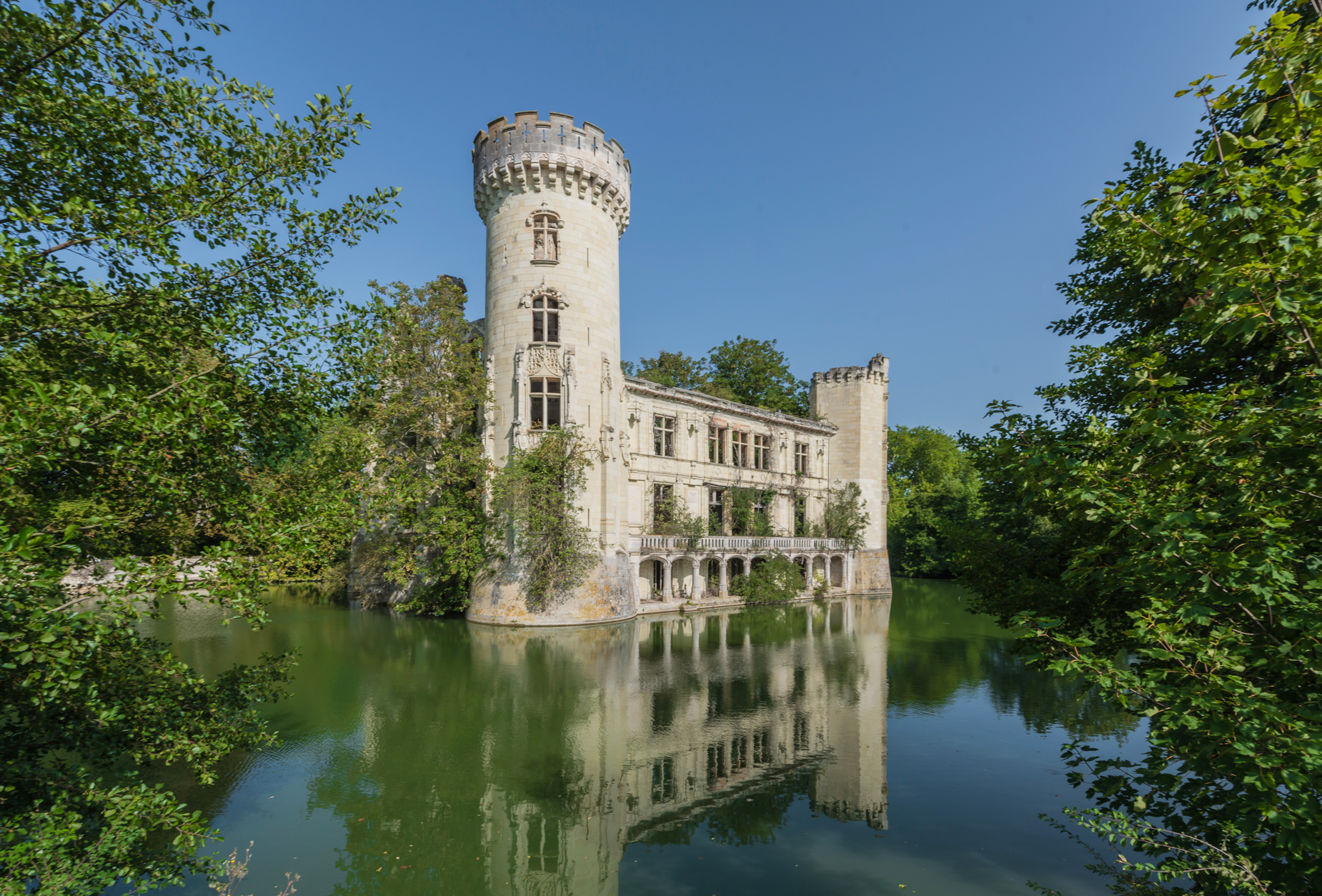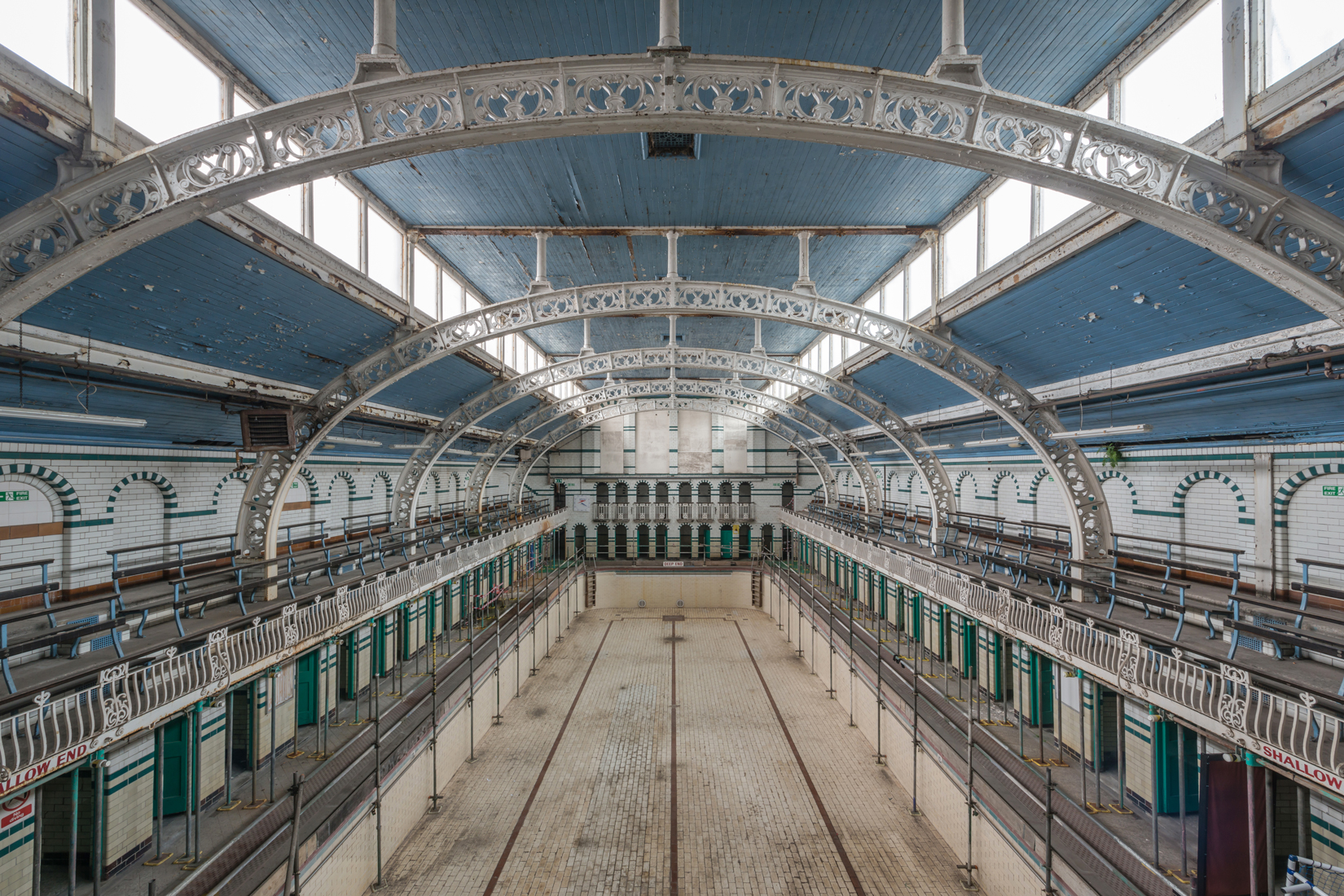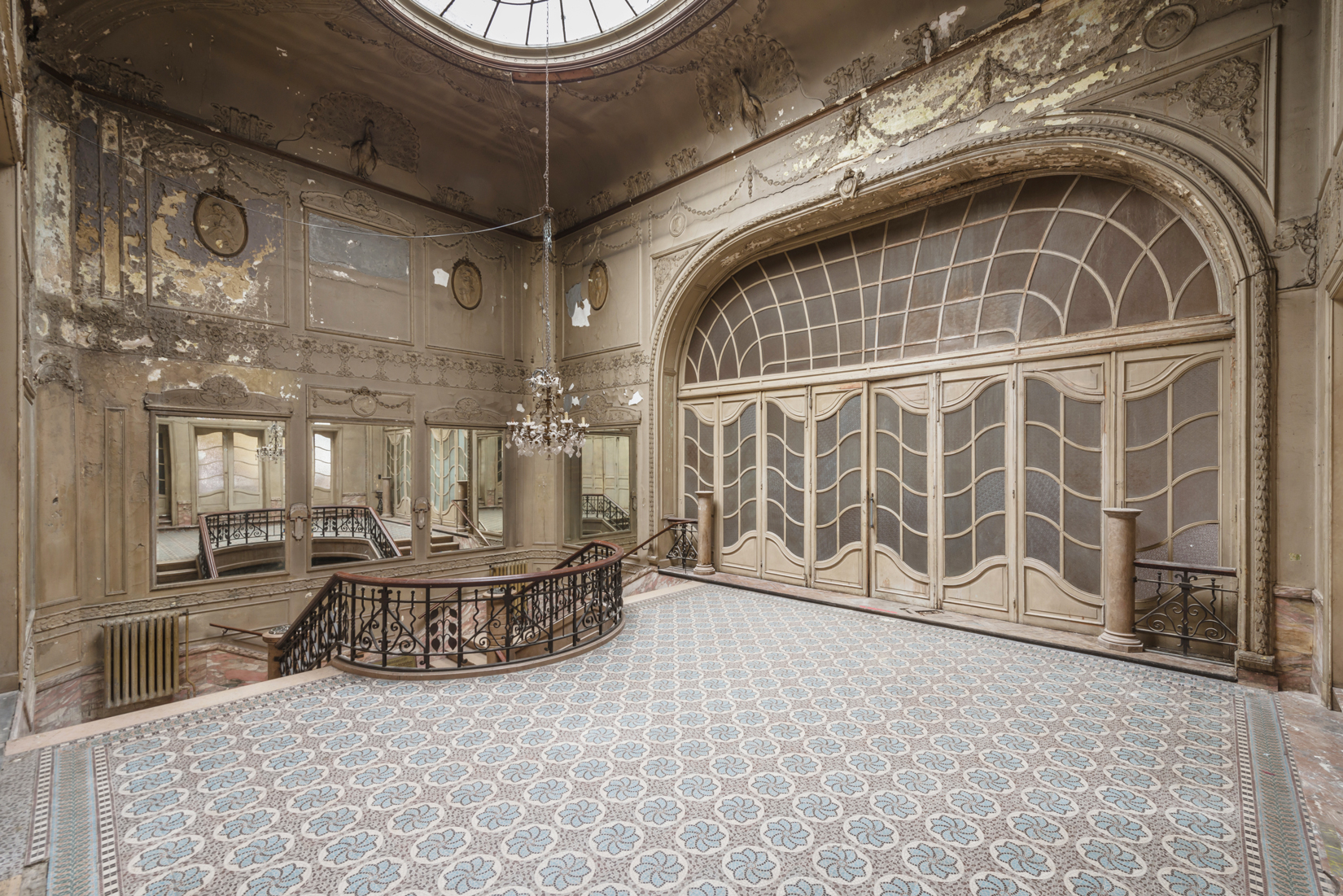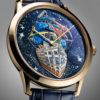Romain Veillon photographs abandoned places: what if it was a vision of our future?
What would cities and the Earth look like if humans disappeared? Photographer Romain Veillon has travelled the world photographing abandoned cities, buildings, prisons, castles, casinos and theatres. In his latest book, Le monde sans nous, he prompts us to reflect. Isabelle Cerboneschi

INTERVIEW
Your book is called Green Urbex – The World Without Us. What do you hope to change with your images?
Romain Veillon : I don’t hope to change things with this book, nor to try to give people advice. I don’t think things will change in this way, but rather with the gradual awareness of the dangers facing us. With “The World Without Us”, I want to show what the earth would look like if humans disappeared in a chronological way. There is of course a strong ecological theme, because the hypothesis of the disappearance of human beings is almost always linked to ecological issues and the way we treat the planet. The book can be seen as a warning to the next generations: my photographs are a real and visual illustration of what could happen.
What would the world become without us?
This is what I explain in each chapter of the book: what would happen to the world after one year, ten years, a hundred years….? Without human intervention, electricity will disappear after 24 hours. Nuclear power plants will eventually explode, creating radioactive clouds that will make areas unlivable for a long time. Fires will break out everywhere, devastating cities. But after a while, plants will start to grow freely again to reclaim the areas concreted over by man. Tunnels and many parts of the planet will be flooded. Animals will be left to their own and a new hierarchy will be established among them, for those who do not starve. After a few decades, the cities will be covered by vegetation and occupied by the animals that have survived. The air will be much less polluted. Like Chernobyl, the irradiated areas will become even more suitable for life than during the human presence. The desert will have expanded to cover new spaces. Approximately three hundred years after our disappearance, metal constructions such as towers and bridges will rust and collapse. Then, gradually, all traces of our passage will be erased forever so that the planet returns to the state it was in before the appearance of Man, even if some things like plastic will never quite disappear. For the detailed version, I refer you to my book.
Your images have been taken all over the planet: the site of Buzludzha in Romania, the ghost town of Kolmanskop in Namibia, an amusement park in Japan, a ballroom in Brandenburg: do you organise your travels according to your destinations, is there a kind of guidebook that Urbex photographers entrust to each other, or do you let yourself be carried away by the discovery?
I travel according to the places I want to photograph even if I also visit the countries mentioned in a tourist way, I try to link the two. There is no guidebook for this, but a lot of research.
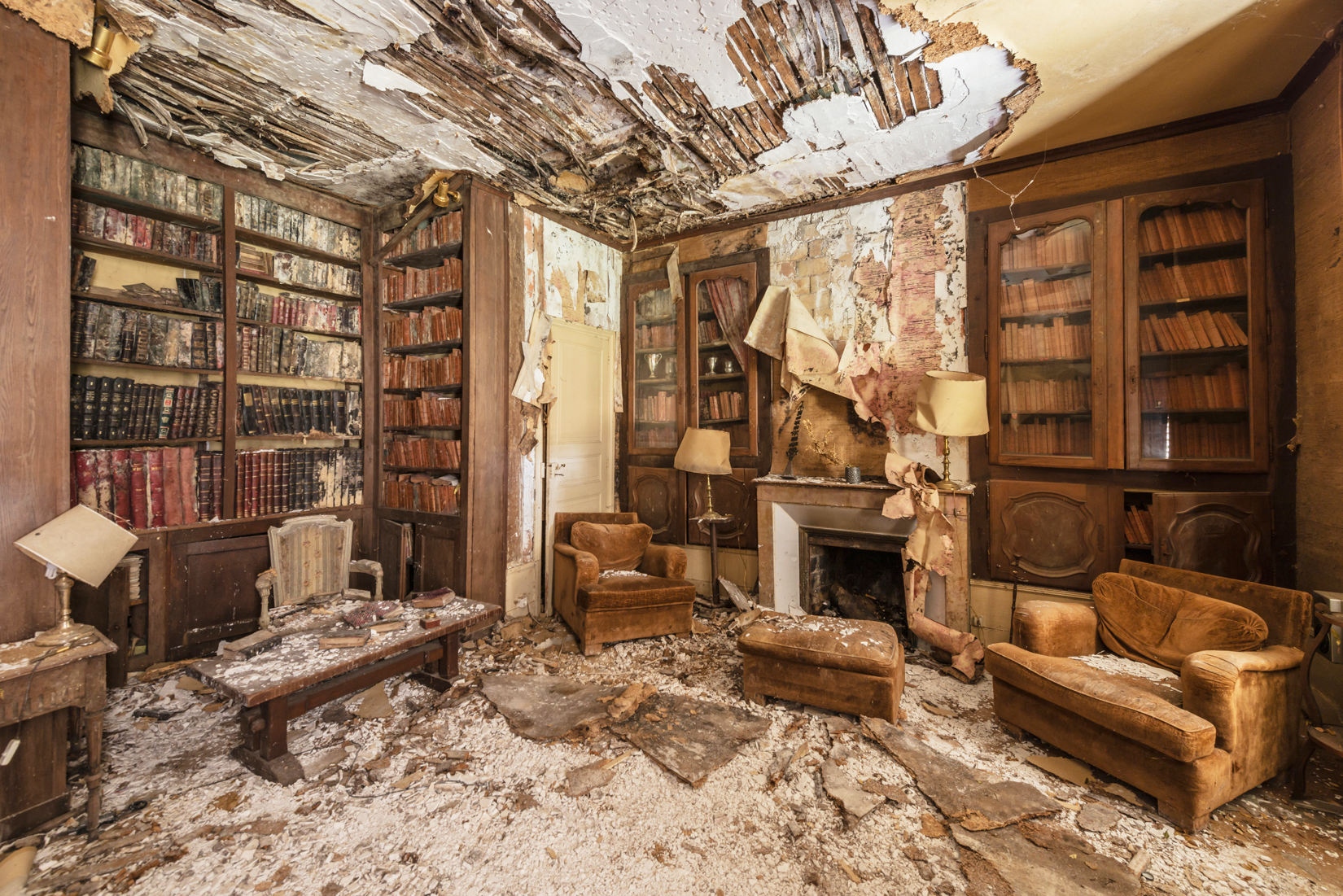
Urbex photography is a particular approach: how did it all start for you?
I started exploring abandoned places about ten years ago, during which time I taught myself as I went along. It all started with a few visits to the “petite ceinture” in Paris, then the Molitor swimming pool before its renovation and a few castles in the Ile de France. And very quickly, I travelled more and more to discover forgotten places. At first, I was only interested in visiting them. I discovered their history through the objects left behind; I took some pictures as a report. Then, very quickly, I became passionate about photography. I wanted to find a way to show as faithfully as possible the places I was visiting and the atmosphere they created. I think we all have childhood memories of spending an evening in the local haunted house or old factory with friends. We are marked for life by these moments when for the first time we enter a kind of time capsule. With each new visit, we can imagine what life must have been like for the people living there a long time ago and what their daily lives were like. And that’s what I like the most: to let our imagination run wild while trying to reconstruct the past.
How do you find these places?
The search for these places is very long and tedious. It is the most time consuming. Many hours are spent on Google doing historical research, but also talking to people who know a place of this nature or writing requests to the town hall or owners. I always find an old uninhabited house or an abandoned factory by chance, but usually it comes from researching beforehand. Having friends in the area with whom to explore is also a major asset: it allows us to share these moments and to be more efficient.
Is there a code of conduct: don’t take anything with you, leave everything where it is, etc?
Of course there is. The old exploration saying: “Take only photos, leave only footprints” is essential for me. Trying to be as discreet as possible and not touching anything in the place you are visiting is very important. Unfortunately, not everyone behaves like this and more and more places are being vandalised or looted. The rise of social networks and the race for likes are no strangers to this.
Entering dilapidated places is risky. Have you ever been afraid during a visit?
Yes, that’s why I never explore alone, in case an accident happens and you have to go to the hospital. Often the floors are in very bad condition due to the weather and water seeping in, so I have had several occasions where the floor collapsed as I passed. You always have to be very careful. Walls can collapse, you can easily trip or fall when climbing a wall too. Some guards or neighbours can also be aggressive, which is why it is important to explain your approach well.
What do your pictures tell us about the evolution of interiors and architecture over the centuries?
It is difficult to follow a real evolution through my photographs, especially as they range from the splendid hundred-year-old castle to the small country house. But architecture is very important, even if not all places are blessed with real architectural interest. It is the first thing that impresses when you enter an abandoned place. One of the aims of my work is to highlight the incredible buildings of the past and show the heritage that we are neglecting. It is important to remember that we have built incredible monuments. Some of them need to be protected at all costs and I think there is a real public interest in these buildings. The recent and numerous initiatives concerning our heritage make me confident about the number of wonders we can save from oblivion.
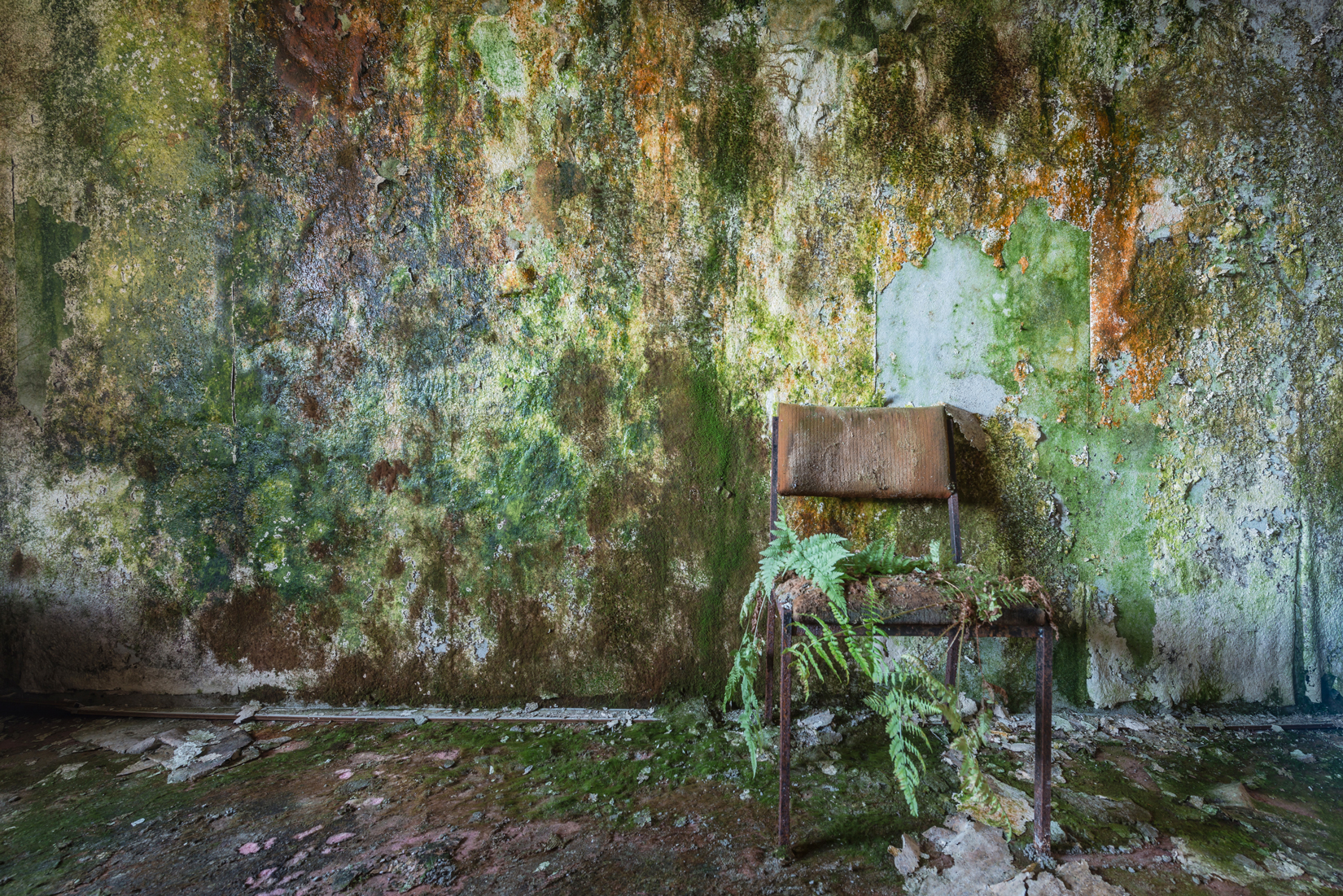
Have you been surprised by the existence of rooms that were intended for a certain purpose and which now have no meaning?
It’s quite difficult to think of many examples although I must have seen them quite often. As the rooms are often empty, or without the original objects, and as I have no guide to explain to me what these rooms were used for, I must miss some discoveries. I remember one castle where, above each bed, there was a mini room (the space of a bed only) which was used by the children’s nanny to stay close to them.
Do you return to certain places to see their evolution?
I try to do this as much as possible to take advantage of a different light or season. Photographing the outside of a castle in winter and spring for example can be completely different. Unfortunately, these places do not often remain untouched (either due to human intervention or natural degradation) and one can see the negative evolution of the place instead. The best images are usually from the first visit.
Which place moved you the most?
It’s hard to choose just one place out of all the ones I’ve had the chance to see. Each one has its own story and I have personal anecdotes that accompany these visits. If I had to choose just one, I think it would be the abandoned village of Kolmanskop. It is a former mining town in Namibia that was abandoned in 1954 and has since become a real ghost town. The inhabitants had left the village overnight after a new diamond seam was discovered further south. It was immortalised in a National Geographic report and then in the film Baraka, which is an extraordinary documentary. Ever since the discovery of the report, I dreamed of being able to walk around there and try to capture my vision of this incredible place. In 2013, I was lucky enough to spend a week wandering around the dunes to imagine how people lived there at the time!
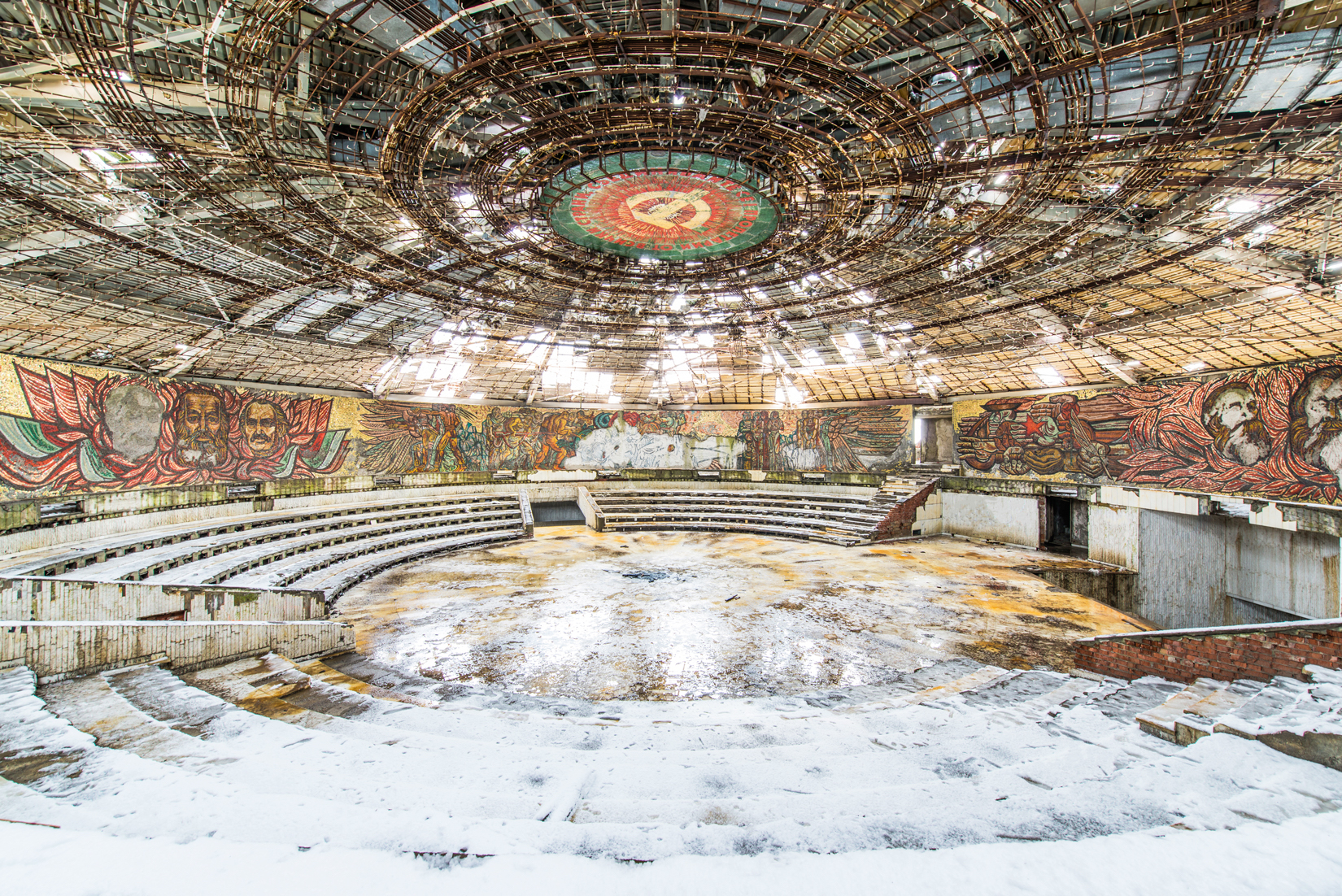
One photo in particular is intensely strange: an old roller coaster attraction from the Japanese amusement park Nara Dreamland created in 1961 and now abandoned. It is not clear whether the structure is part of nature or the other way round. What remains of this place apart from your images?
A few months after my visit, the Nara Dreamland Park was completely razed to the ground to make way for a large residence with several buildings. Because cities in Japan are so dense, buildings don’t stay abandoned for very long if they are not in the countryside. My visit there was so amazing and enjoyable that I was sad to see the park disappear so suddenly and that others could not enjoy it as I did.
Do you think your photos have the power to save some of these beautiful places and make governments, or private individuals, decide to invest in them?
Yes, I do think that highlighting some of these incredible places through photography and bringing them to the attention of the general public can help to find the necessary funding to keep them alive. Nowadays, with social networks, it is much easier to reach out to those communities interested in our heritage and present them with the history and architecture of a castle that would make them want to get involved in saving them. Even if the main funding will come from the town halls, communities and regions, without which it would be impossible to consider the restoration of so many places. I believe that there is a real economy that can be developed through the visit and renovation of these places in territories where tourism is expanding.
I read that the art-nouveau casino in Constanta, Romania, has started to be restored in January 2020. Do you know more about this?
I also read that it is being restored, I saw pictures of the casino surrounded by scaffolding, so it’s on track I hope! Although one must always be cautious as many restorations stop due to lack of budget. But I understand that the municipality is really keen to renovate it so that it can be opened to the public.
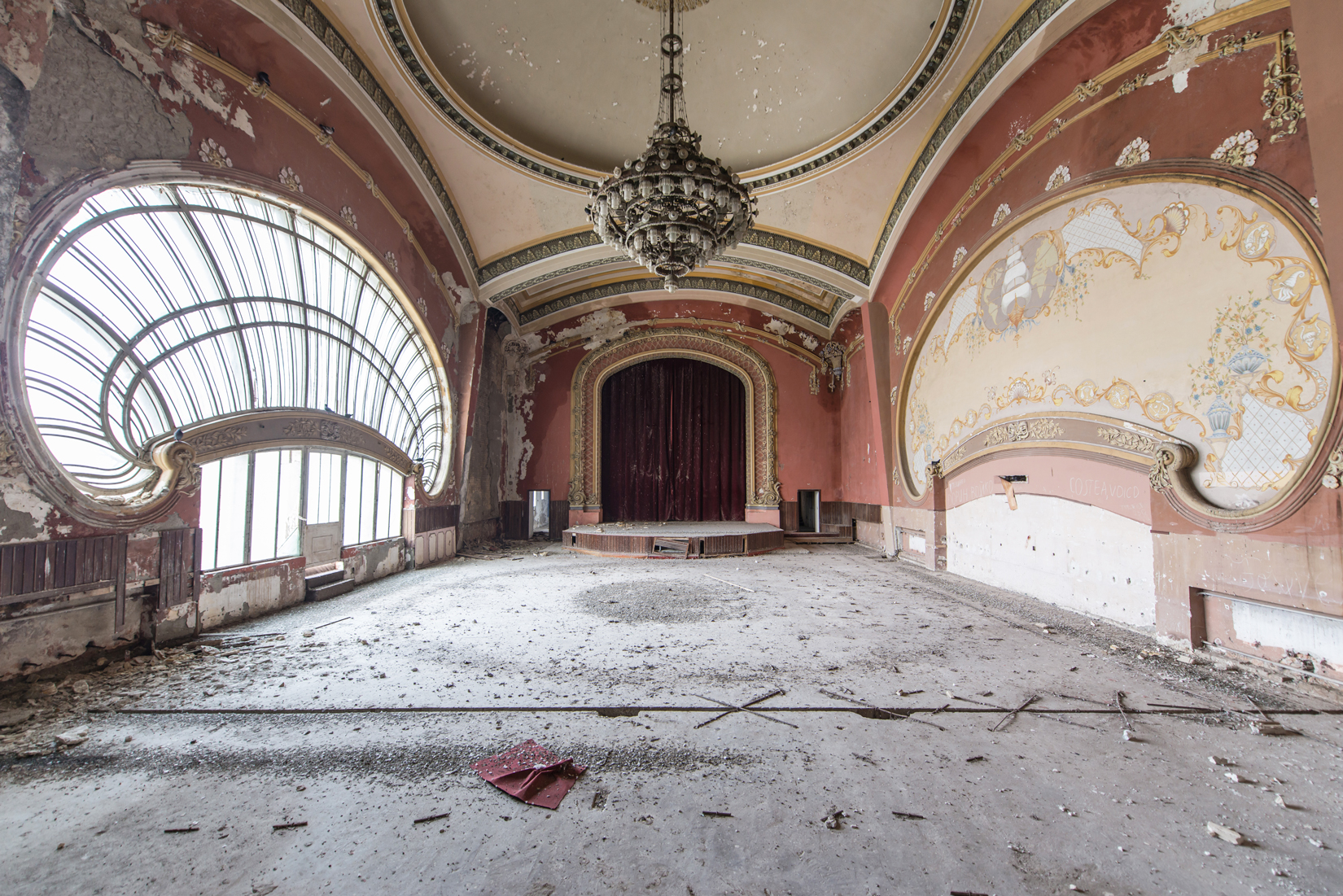
Which places would you like to see saved and why?
If I could, I would save them all! So I’ll choose one among all those that have marked me: the prison of Saint Joseph Island on Devil’s Island in Guyana. Papillon is my favourite adventure book, I often read it when I was young. The creation of the prison, the living conditions, the escape of the convicts, the terrible Guianese jungle… There are so many anecdotes and stories to tell about this period of our history. A period that is unfortunately beginning to be misunderstood. When I had the chance to go there and photograph what remains of the prison where all these famous prisoners were locked up, I thought it was a shame not to create a more important safeguarding structure, so as not to forget the terrible things that happened there and to allow its visit in better conditions.
When we look at your pictures, we are not sure if we are travelling in the past or in an apocalyptic future. Do you also have this feeling when you photograph?
Yes, I really try to find a way to bring back the past beauty of the place I’m photographing. Whether it’s an old castle, a hospital, a church or a factory, I don’t want people to feel sad when they look at these images, whereas they might when they see the devastation that has happened after man has left these walls. These places are sort of timeless. No one has been there for years except for a few curious people. Personally, I imagine these places as a possible future from which Man is absent, where one perceives this “apocalyptic” aspect which illustrates this “end of the world” side.
Green Urbex, Le monde sans nous, Romain Veillon, ed Albin Michel 2021.



